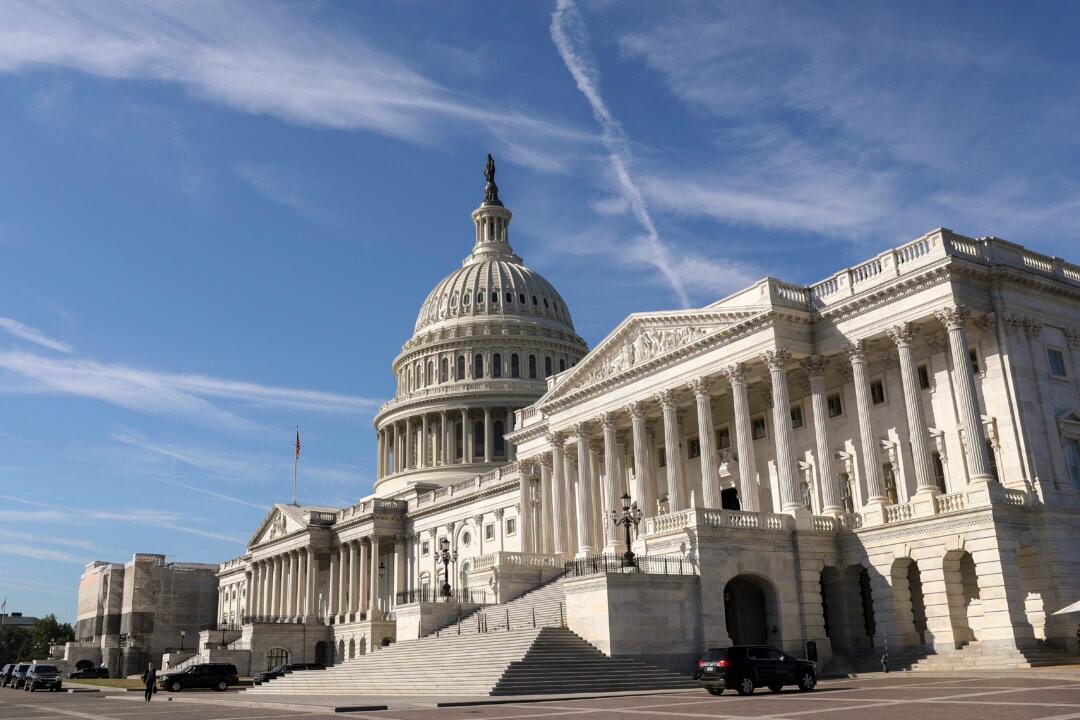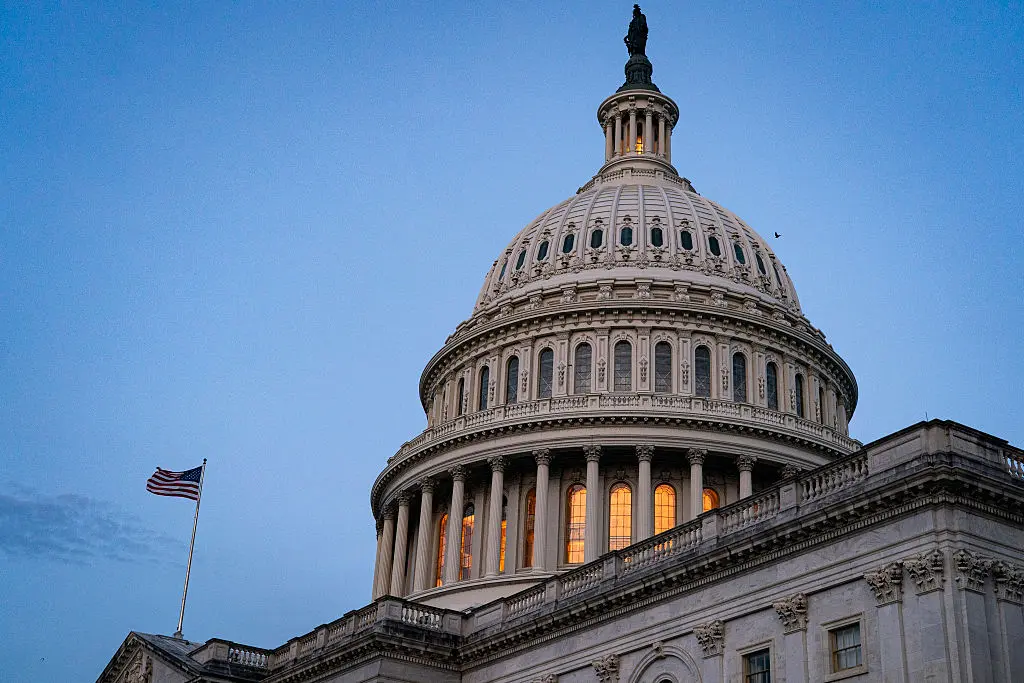Congress has passed a monumental retirement system overhaul package called the Setting Every Community Up for Retirement Enhancement (SECURE) Act of 2019, the first significant retirement legislation in 13 years.
The SECURE Act was included in a larger package of spending legislation headed for approval this week. The bill, which has bipartisan support, passed the U.S. House of Representatives in May, but it has been hung up since then in the Senate due to a range of pet issues of a handful of senators.





